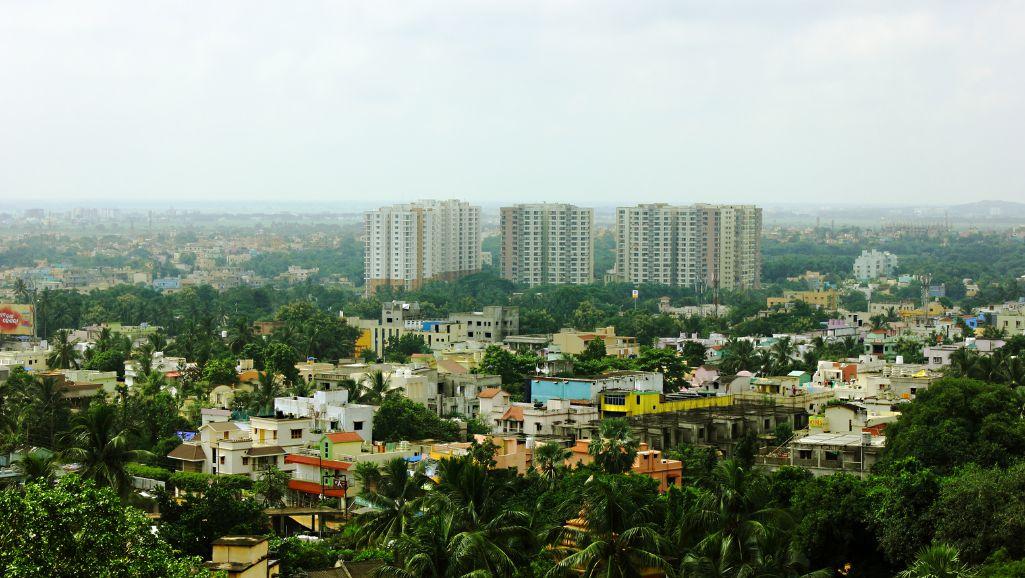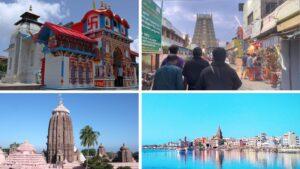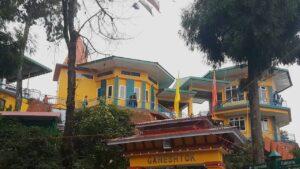Bhubaneswar, the capital of Odisha, unveils an ancient treasure trove of temples and caves, tracing back to the 2nd century BCE. These monuments embody the rich heritage and traditions of Odisha, echoing the architectural finesse of the ancient Kalinga and Eula styles.
Known as the “city of temples,” Bhubaneswar proudly boasts 700 sacred structures on its soil. These temples predominantly venerate Lord Shiva, a mighty deity in Hinduism, and the city’s name, TriBhubaneswar, originates from Lord Shiva’s epithet “God of three worlds.”
For temple and cave enthusiasts, Bhubaneswar is a prime destination. We’ll guide you in planning your expedition, offering insights on the best times to visit, must-see sites, and tips for a more rewarding experience. Embark on a journey to uncover the captivating temples and caves of Bhubaneswar.
Best Time to Visit Bhubaneswar’s Temples and Caves
The best time to visit these temples and caves depends on the climate and festive seasons in the region.
- Winter Season (October to February): The best time to explore Bhubaneswar’s temples and caves is during the mild and pleasant months, spanning a few months. The temperature ranges from around 15°C to 25°C, allowing comfortable outdoor exploration. This period is ideal for visiting famous temples like Lingaraj, Mukteswar, and Rajarani without the discomfort of extreme heat.
- Festive Season: Bhubaneswar hosts significant festivals showcasing its rich culture. A prominent one is the “Lingaraj Rath Yatra” in January or February. The Lingaraj Temple sees a majestic chariot procession of Lord Lingaraj, drawing devotees from distant places. This festive spirit enhances your temple experience with added vibrancy.
- Monsoon Season (June to September): The rainy season, although less favored by tourists due to heavy rainfall, holds its appeal. Temples and caves adopt a serene and enchanting ambiance in the rain-soaked setting. The verdant surroundings and revitalized scenery offer a distinctive and picturesque encounter for those embracing occasional showers.
- Summer Season (March to May): This period is typically discouraged for visits due to intense heat and humidity. Temperatures often exceed 40°C, making midday outdoor activities uncomfortable. If you decide to visit, carry ample water, dress suitably, and schedule outings for cooler early mornings or late afternoons.
Must-See Temples in Bhubaneswar
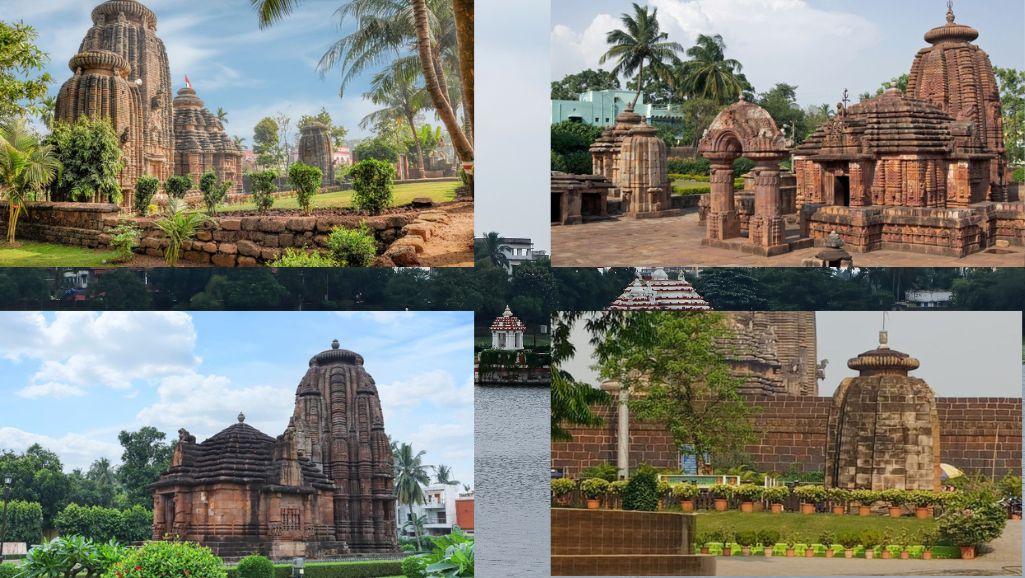
Bhubaneswar harbors India’s grandest and historically vital temples. These temples illuminate the architectural excellence and cultural significance of the Kalinga and Eula styles from the 8th to 12th centuries. Here are a few essential Bhubaneswar temples:
- Lingaraj Temple: This temple, a Kalinga architectural gem, stands as a Bhubaneswar highlight. Honoring Lord Shiva, it boasts a remarkable 54-meter spire and detailed sculptures narrating Hindu myths. While the sanctum is for Hindus, the outer courtyard and architecture enthrall all.
- Mukteswar Temple: Famous for its intricate stone carvings, Mukteswar Temple shines as a masterpiece of Orissan architecture. Adorned with a finely crafted arched gateway, a stunning torana (arch), and a distinct torus-shaped dome, this temple is a tribute to Lord Shiva and is fondly called the “Gem of Odisha.”
- Rajarani Temple: Admired for its elegant sculptures and detailed artistry, Rajarani Temple stands out by not focusing on a main deity. This allows for a deeper appreciation of its captivating art and design. The temple features intricate depictions, including both erotic carvings and figures of diverse deities, showcasing remarkable artistic expression.
- Ananta Vasudeva Temple: This temple, devoted to Lord Krishna, stands out for its lively paintings and sculptures. The three deities—Lord Krishna, Lord Balarama, and Goddess Subhadra—are adorned splendidly during festivities. Its tranquil ambiance provides a peaceful setting for reflection.
Mysterious Caves in Bhubaneswar
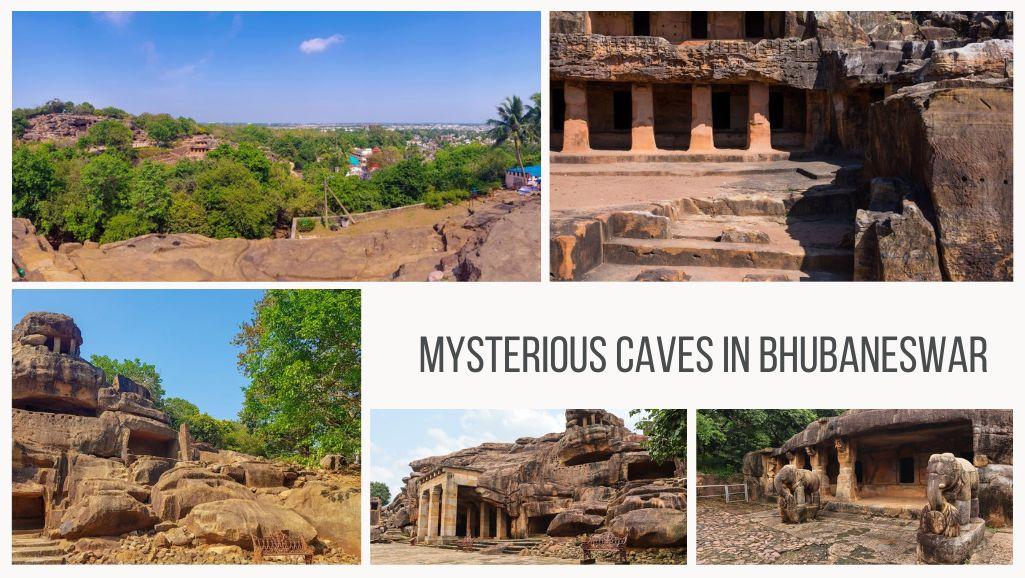
Beyond its renowned temples, Bhubaneswar’s allure extends to ancient caves from the 2nd century BCE. Udayagiri and Khandagiri, dubbed Kumari Parvata in the Hathigumpha inscription, house remarkable cave complexes. Here are notable ones to explore:
- Khandagiri and Udayagiri Caves: Renowned and historically vital, the Khandagiri and Udayagiri Caves in Bhubaneswar reflect ancient Jain heritage. Carved into hillsides, these caves unveil the lives of Jain monks from bygone eras. They feature intricately carved chambers, monastic cells, and sculptures portraying Jain deities, animals, and myths. Notably, the Rani Gumpha (Queen’s Cave) in Udayagiri stands out with its elaborate carvings.
- Twin Hills of Khandagiri and Udayagiri: Nestled on Khandagiri and Udayagiri hills, these caves provide historical insight and breathtaking panoramas. Amid your exploration, encounter inscriptions, intricate doorways, and rock-carved sculptures that unveil ancient life, culture, and beliefs.
- Ganesha Gumpha: Near Khandagiri and Udayagiri, the Ganesha Gumpha is a shrine to Lord Ganesha, adorned with carvings depicting his diverse forms. An inscribed Brahmi script inside the cave offers historical insights into the region’s history.
- Rameshwar Cave: Dedicated to Lord Shiva, this cave presents an absorbing exploration. A Shiva lingam and assorted sculptures grace the interior, providing a serene and contemplative ambiance. The cave’s simplicity and sacredness enhance its enigmatic charm.
- Nageshwar Cave: Devoted to Lord Shiva, this cave temple stands out with its captivating serpentine motifs and detailed carvings. The cave exudes a tranquil atmosphere, offering a serene space for meditation and deep contemplation.
Hidden Treasures of Bhubaneswar
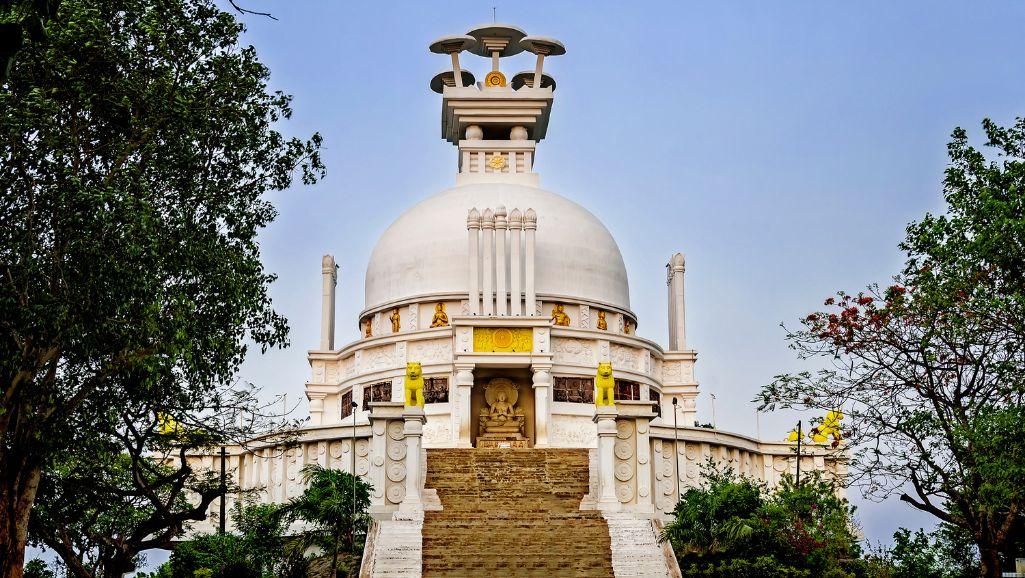
Bhubaneswar houses numerous lesser-known temples and caves that often escape tourists’ notice. Here are some hidden gems you shouldn’t overlook to truly discover the city’s concealed treasures:
- Dhauli Hill: Dhauli is renowned for the Dhauli Shanti Stupa, yet the hill carries a broader historical importance. Once the backdrop of the Kalinga War, which transformed Emperor Ashoka and Buddhism’s expansion, Dhauli Hill reveals ancient rock inscriptions, a contemporary Buddhist monastery, and a panoramic vista of the Daya River and environs.
- Rajarani Music Festival: The Rajarani Temple hosts a yearly classical music festival, a concealed cultural treasure. The temple’s architecture merges with enchanting classical melodies, forming a captivating allure that draws music aficionados from across the nation.
- Ekamra Van: Nestled near Khandagiri and Udayagiri caves, Ekamra Van serves as a tranquil refuge from the city’s commotion. This urban forest boasts indigenous flora, scenic trails, and eco-friendly sculptures. A haven for nature enthusiasts and those craving serenity.
- Odisha State Museum: Within its walls, this museum curates an impressive array of relics: sculptures, paintings, weaponry, and archaeological discoveries. A hidden gem for history aficionados, it offers a window into the state’s rich tapestry of history, art, and cultural heritage.
- Bindu Sagar Lake: Though overshadowed by the nearby Lingaraj Temple, Bindu Sagar Lake bears vital religious and historical weight. Encircled by myriad small temples, each bearing distinct tales and architectural designs, a leisurely walk around the lake grants insight into the city’s spiritual core.
- Museum of Tribal Arts & Artifacts: Situated at CRP Square, this museum unveils Odisha’s tribal communities’ cultural tapestry. Skillfully crafted artifacts, traditional attire, and vivid artworks offer a glimpse into the distinctive customs and lifestyles of these native groups.
- Kedar Gouri Temple: This less renowned temple shines as an architectural marvel, fusing Kalinga and Dravidian styles. Honoring Goddess Gouri, its detailed carvings and sculptures warrant admiration, showcasing the region’s artistic mastery.
- Pathani Samanta Planetarium: A haven for astronomy enthusiasts, this planetarium offers educational presentations and activities on space and celestial occurrences. A concealed treasure for those eager to delve into the mysteries of the universe.
- Deras Dam: Situated on Bhubaneswar’s outskirts, this peaceful reservoir provides a calm backdrop for picnics and unwinding. Amid lush environs and serene waters, it offers a tranquil escape from the city’s hustle and bustle.
Practical Tips for Travelers
- Consider the climate: Opt for October to February for pleasant weather; summers (March-May) are hot, and monsoons (June-September) bring heavy rain.
- Cultural etiquette: Dress modestly, seek permission for photos, and respect local traditions, especially in religious sites.
- Savor local cuisine: Sample native dishes with care, watch street food, stay hydrated, and carry basic medical supplies.
- Transportation choices: Use buses, auto-rickshaws, or ride-sharing apps; agree on auto-rickshaw fares beforehand.
- Language connection: English and Hindi help, learn a few Odia phrases to connect better.
- Money matters: Keep small cash denominations, cards are accepted widely.
- Prioritize safety: Stay alert, secure belongings, and avoid dimly lit areas at night.
- Embrace culture: Check local event schedules for festivals and cultural happenings.
- Stay connected: Obtain a local SIM card for communication.
- Preserve the environment: Adhere to guidelines in natural and wildlife spots.
Bhubaneswar is a city that weaves together spirituality and history, culture and nature, tradition, and modernity. It’s a realm of temples and caves that meticulously preserves and proudly displays Odisha’s splendid legacy. What’s on your mind? Secure your tickets, prepare your belongings, and embark on a journey to uncover Bhubaneswar’s concealed treasures!
Posted By: MyPuriTour
